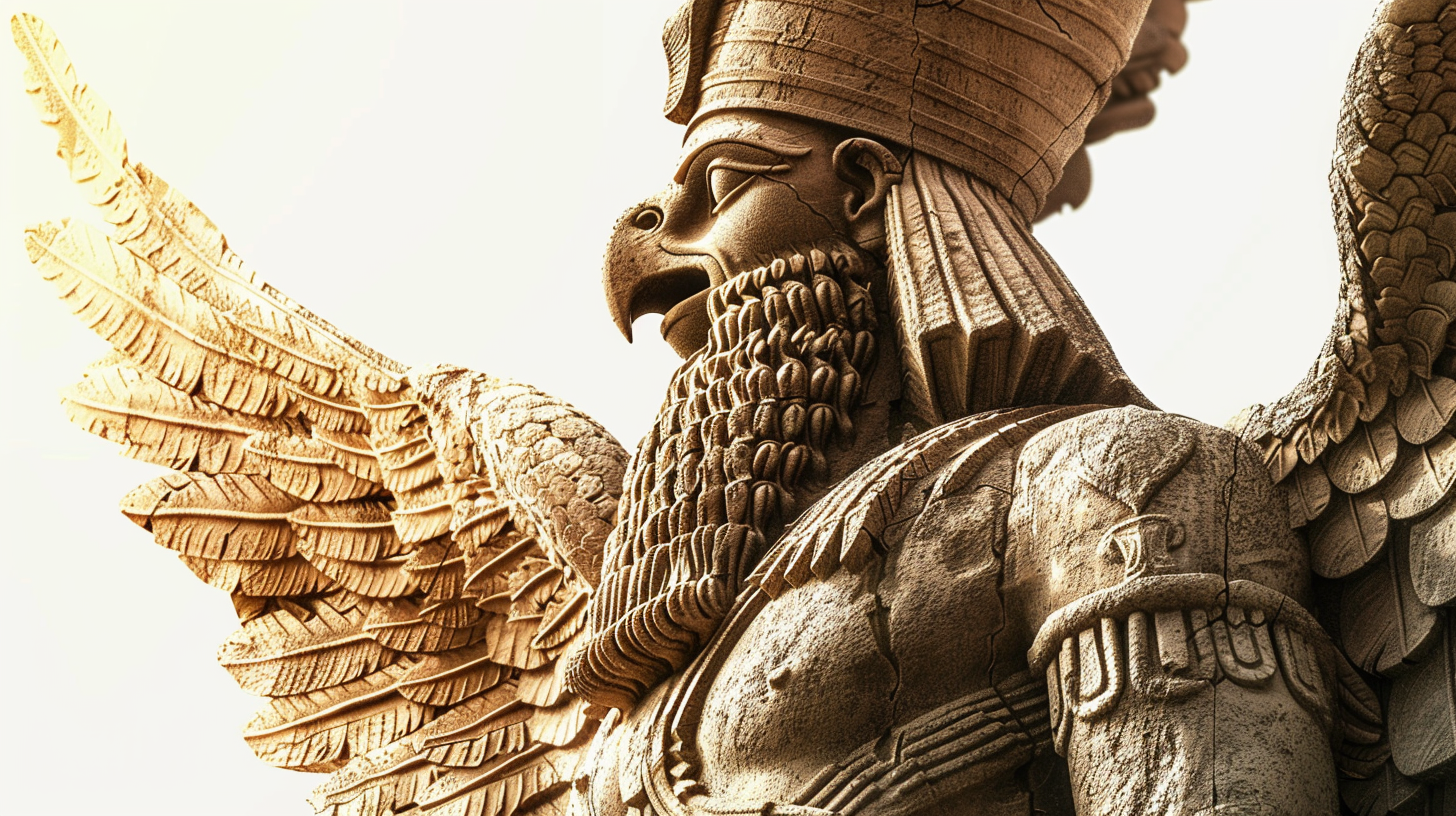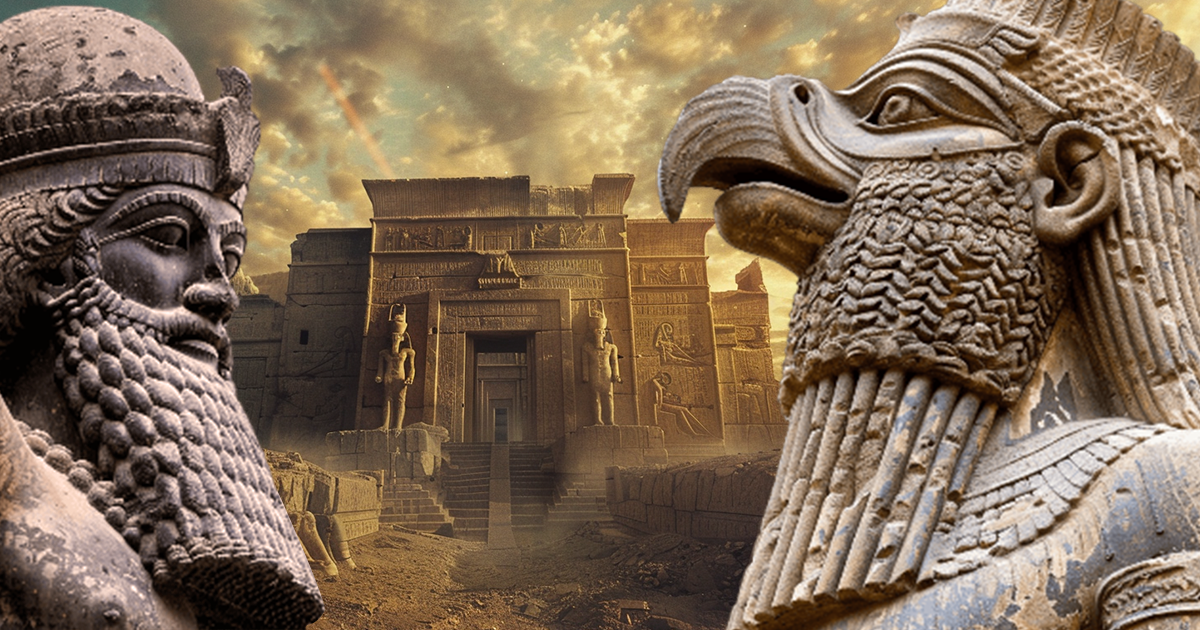In the vast tapestry of human mythology, there are threads that weave through cultures and epochs, illuminating the timeless truths of our collective psyche. Among these, the saga of Marduk and Tiamat stands as a monumental narrative, reflecting the eternal struggle between chaos and order. Recently, renowned psychologist and educator, Dr. Jordan Peterson, delved into this ancient mythos, offering profound insights that transcend mere storytelling.
For those unfamiliar, Dr. Peterson is a figure of significant controversy and acclaim, known for his deep dives into human psychology and culture. His exploration into the myth of Marduk and Tiamat provides a lens through which we can understand the intricacies of belief systems and the human quest for meaning.
At its core, the tale portrays the primordial clash between Tiamat, the embodiment of chaos, and Marduk, the emergent force of order. This clash, as Dr. Peterson elucidates, symbolizes fundamental aspects of the human condition – the struggle against the unknown, the quest for dominance over chaos, and the establishment of societal hierarchies.

As the story unfolds, we witness Marduk’s ascent to power, his victory over Tiamat symbolizing the triumph of order over chaos. Yet, beneath the surface, there lies a deeper narrative, one that speaks to the complexities of human nature and the quest for redemption.
Dr. Peterson’s interpretation sheds light on the psychological underpinnings of the myth, revealing how it mirrors our own internal struggles. The characters of Marduk and Tiamat represent archetypal forces within each of us – the desire for control, the fear of chaos, and the eternal quest for meaning.
Moreover, the myth offers profound insights into the nature of sovereignty and leadership. In ancient Mesopotamia, the Emperor was seen as the earthly manifestation of Marduk, tasked with the sacred duty of confronting chaos and restoring order. This notion of sovereignty as a divine mandate resonates across cultures, reflecting our innate yearning for guidance and structure.
Yet, Dr. Peterson’s exploration extends beyond mere storytelling; it touches upon contemporary issues of censorship and ideological conformity. As seen in recent events, the struggle for freedom of expression echoes the age-old battle between order and chaos. Dr. Peterson’s own experiences exemplify this, as he faces attempts to silence his dissenting voice.
In a world plagued by polarization and dogma, the myth of Marduk and Tiamat serves as a beacon of wisdom, reminding us of the eternal truths that transcend time and space. Through Dr. Peterson’s insightful analysis, we gain a deeper understanding of our own psyche and the collective journey of humanity.
In conclusion, the ancient myth of Marduk and Tiamat continues to resonate in the modern world, offering profound insights into the human condition. Dr. Jordan Peterson’s exploration of this timeless narrative reminds us of the power of myth to illuminate the deepest recesses of our souls, guiding us on a journey of self-discovery and redemption.

21 thoughts on “Deciphering the Ancient Saga of Marduk and Tiamat: Insights from Jordan Peterson”
Comments are closed.